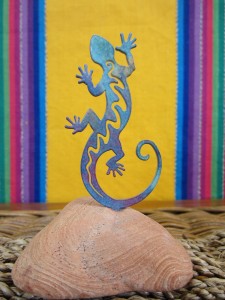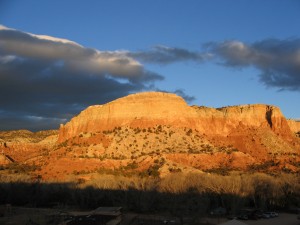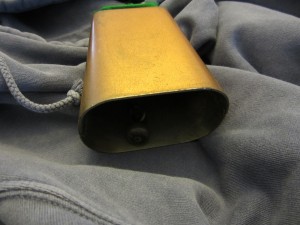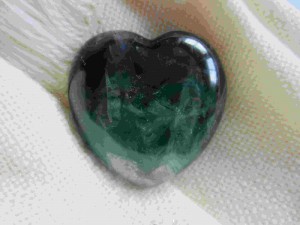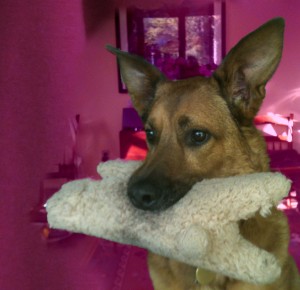
Recently I was going out for coffee with a friend. As we walked across the cobblestone avenue to get to the bakery where we were headed, I saw furry black dog standing on a stoop, happily wagging its tail at the woman petting it.
I wondered what it would be like to have a tail to wag when happiness welled up in me.
“If I had a tail,” I thought, “what would make it wag?”
I know a dog, Jazz, who gets so excited when friends come to visit that even a wagging tail isn’t enough to express her delight. She fetches her stuffed rabbit whenever she sees them approaching, then dances in a circle in the living room when they step through the door.
Her joy is simply irrepressible.
In contrast to Jazz’s unabashed expression of joy, a few months ago I was driving cross-country when an idea floated into my mind: I ought to start writing music again. It was something I used to do a lot of, and it brought me great joy.
When the idea arose, I felt a gleeful delight fill my being. If I’d had a tail it would have been wagging like nobody’s business. But immediately, another part of me slammed down like a sledgehammer, telling me that writing music was an impractical and illegitimate use of my time.
The joyful part of me was crushed, tucked its tail between its legs and whimpered back into a shadowy corner of my being.
Fortunately, I had the presence of mind to notice what had just happened, and I was horrified. I mean, for decades I’ve been exploring my own creativity and encouraging others to do the same, and even worse, what had just transpired in me felt like an act of violence.
I did some inner work on it. I listened to that part of myself that had squelched the joyful idea to find out what was going on, and I couldn’t help but feel compassion. It was so anxious, and truly believed that following my joy was a frivolous, irresponsible luxury that would lead to disaster.
Since then I’ve been coaxing my joy back out of the dark corner where it had retreated, because I sense that the things that bring me joy are precisely the things the Universe wants to bring forth in and through me. A few months ago I even took my guitar out of its case and have added to my morning array of spiritual practices one more: improvising melodies and harmonies on my guitar. Nothing yet has evolved into a full-fledged song, but my heart is happy.
So, let me put the same question to you: What things bring you joy? If you had a tail, what would make it wag?
I hope you’ll honor those things, because I’m pretty sure that if you follow your tail, you’ll end up where you belong.
